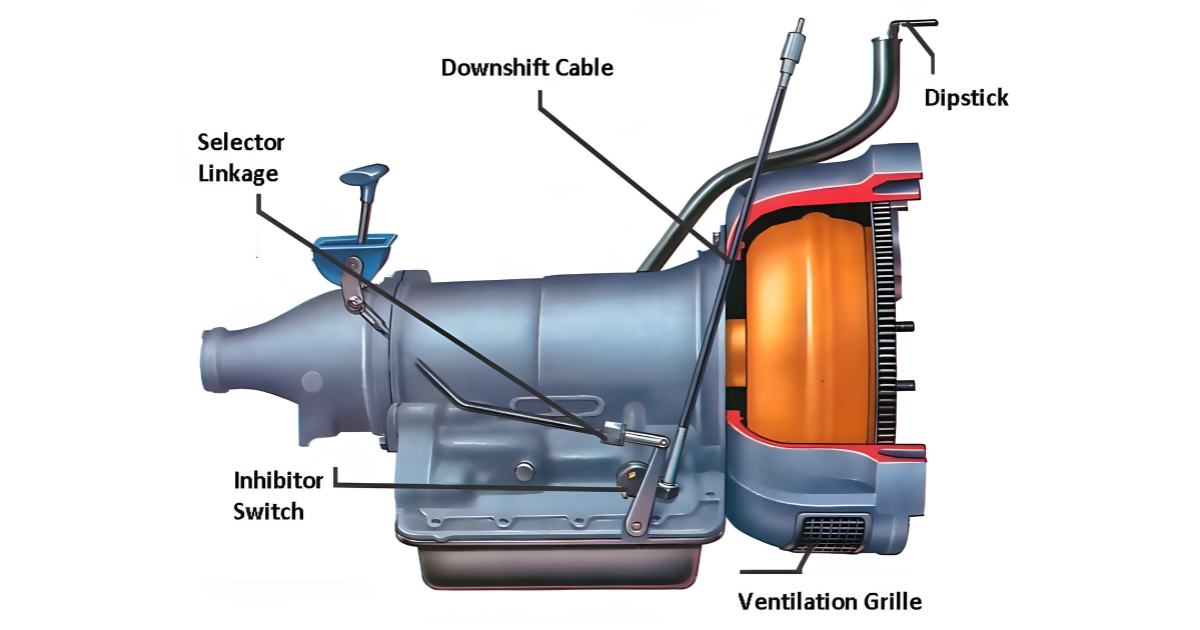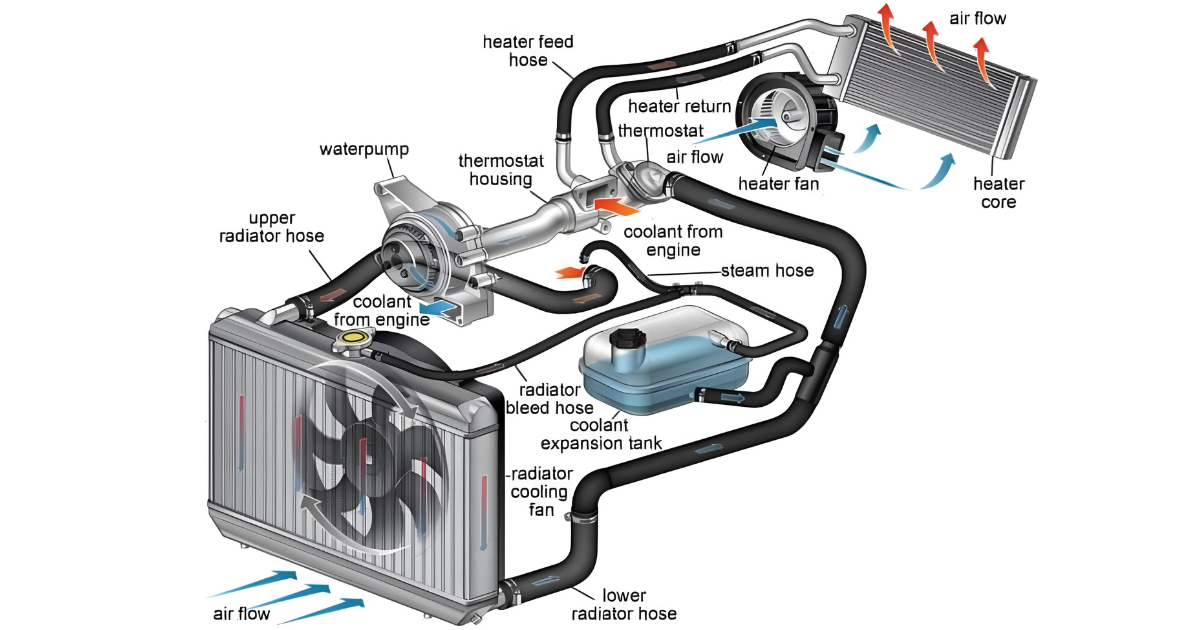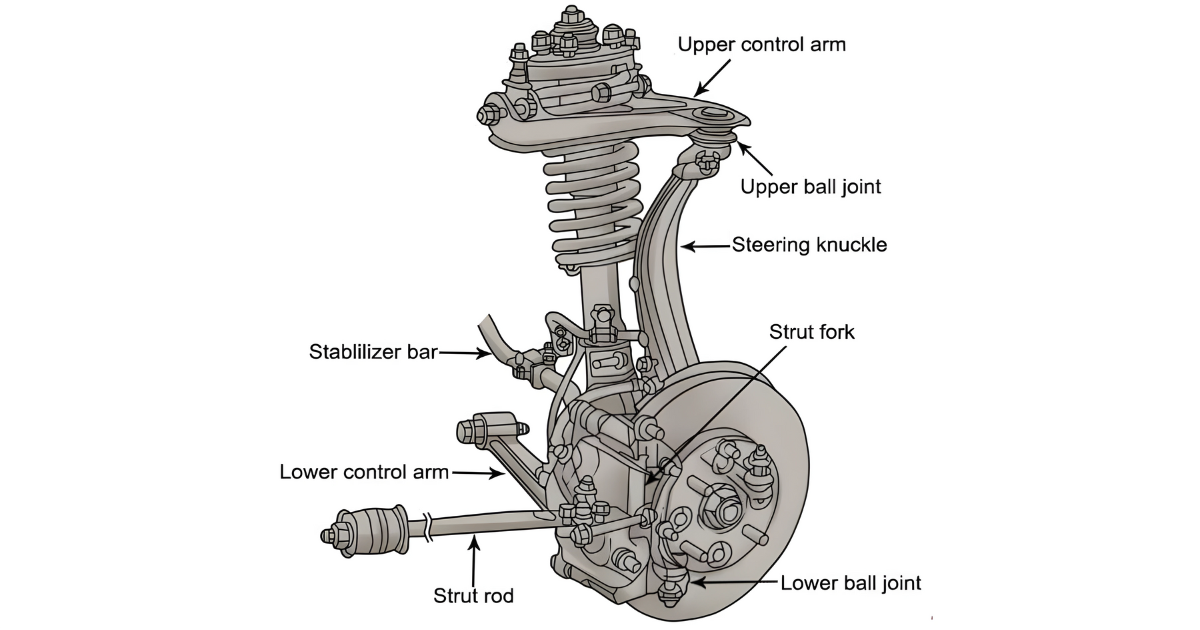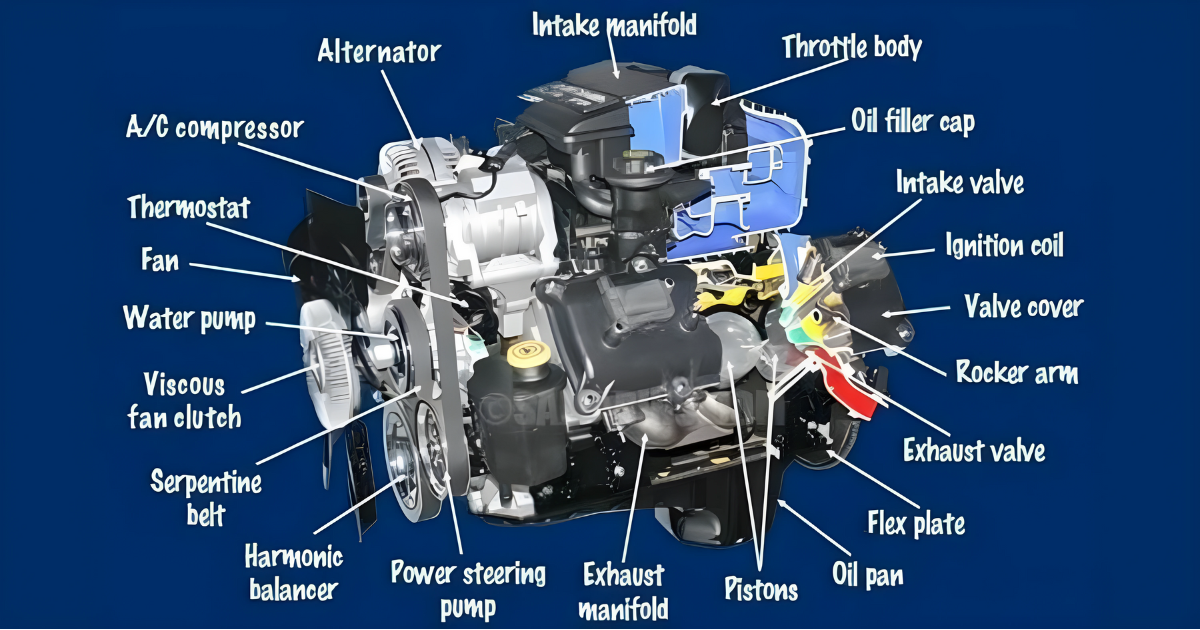The modern driving experience is defined by convenience, and at the heart of this convenience lies the automatic transmission system. While many drivers appreciate the ease of operation provided by automatic transmissions, the inner workings of this intricate system remain a mystery to most.
With that said, let’s learn about the mechanism, simplify the complexities of automatic transmission systems, and shed light on the magic that happens beneath the hood.
The Basics: Understanding the Need for Transmissions
Before looking into automatic transmissions, it’s crucial to grasp the basic purpose of a transmission system. Essentially, a transmission is a mechanical device that controls how much power the engine produces and sends it to the wheels. The transmission enables the vehicle to change gears, adapting to different driving conditions.
The Core Components
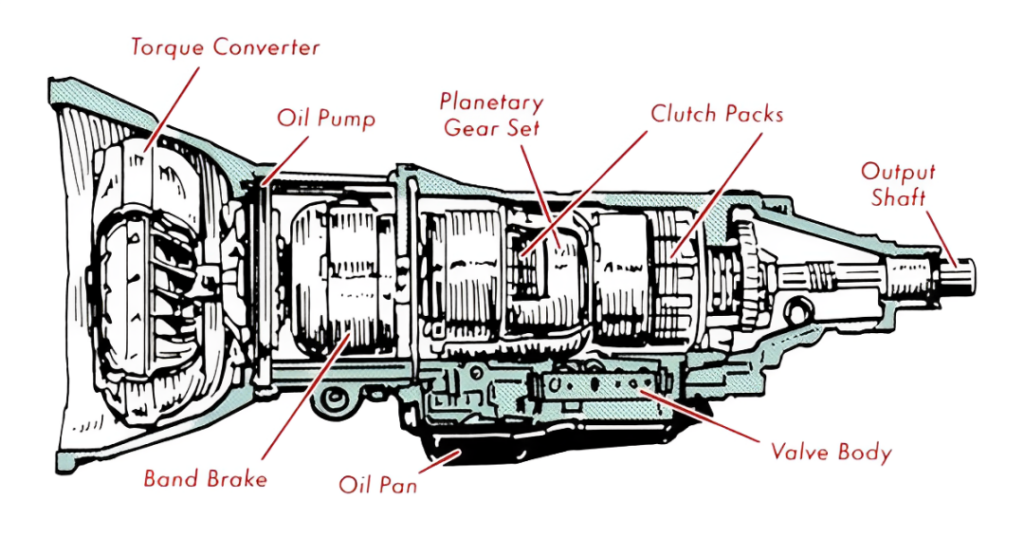
At the heart of an automatic transmission system are several key components that work seamlessly together. These include the torque converter, planetary gears, clutches, bands, and the hydraulic system. Each element plays a vital role in the smooth operation of the transmission.
Torque Converter: The Silent Operator
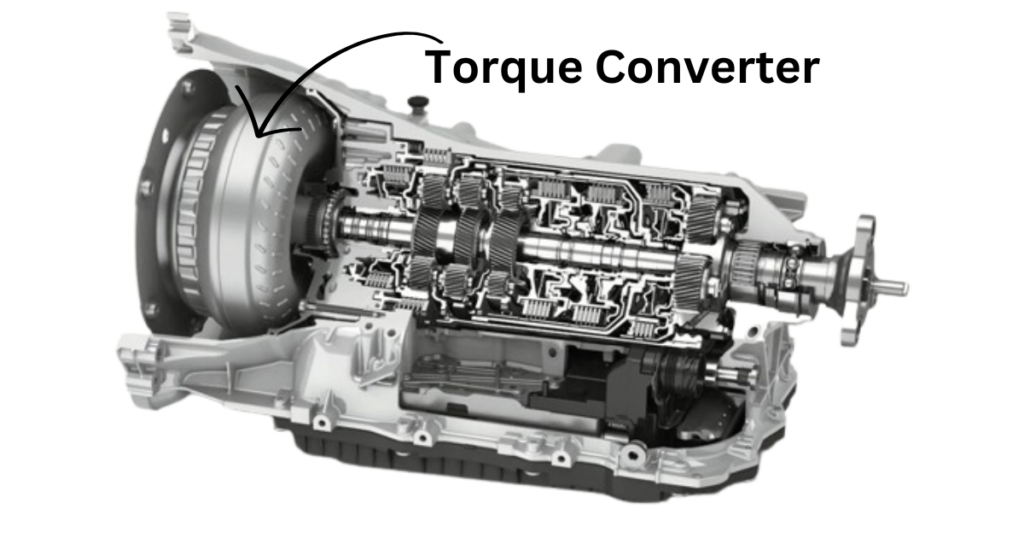
A distinctive feature of automatic transmissions is the torque converter. This ingenious device allows the engine to keep running even when the vehicle is stationary, eliminating the need for a manual clutch. The torque converter uses fluid coupling to transmit power from the engine to the transmission.
Planetary Gear Sets: Shaping Gear Ratios
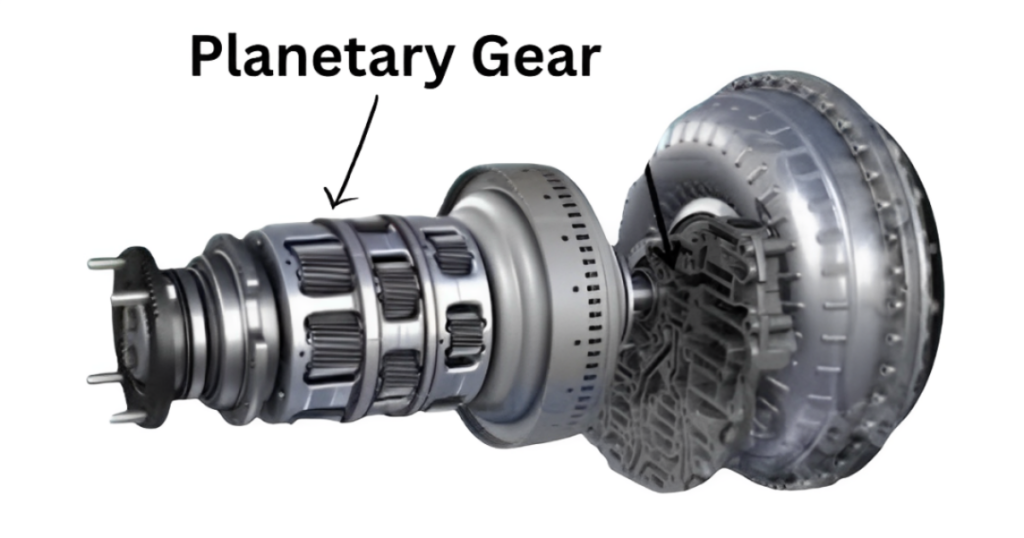
Automatic transmissions utilize planetary gear sets to create various gear ratios. These gear sets consist of a central sun gear, planet gears that orbit around it and a ring gear. By engaging and disengaging these elements, different gear ratios are achieved, allowing the vehicle to accelerate, decelerate, or maintain a constant speed.
Clutches and Bands: Managing Gear Changes
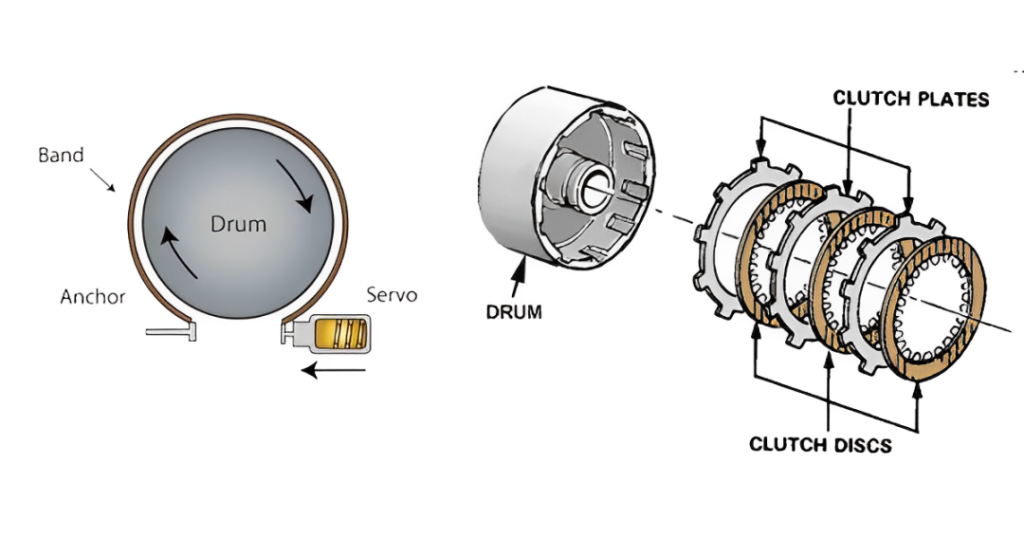
Clutches and bands within the transmission system are responsible for engaging and disengaging the planetary gear sets. Clutches control the rotation of the planetary gears, while bands wrap around specific components to halt their motion. Together, they orchestrate seamless gear changes as the vehicle accelerates or slows down.
Hydraulic System: The Fluid Connection
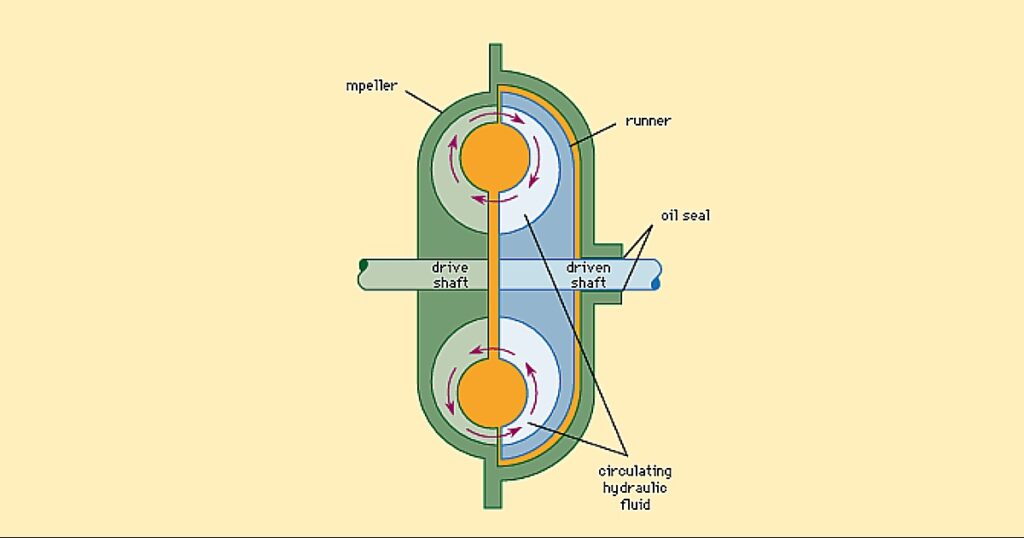
The operation of clutches and bands relies on a hydraulic system that uses transmission fluid. This fluid serves multiple purposes, acting as a lubricant to reduce friction, a coolant to dissipate heat generated during operation, and a force transmitter for engaging various components within the transmission.
Electronic Control Unit (ECU): The Brains of the Operation
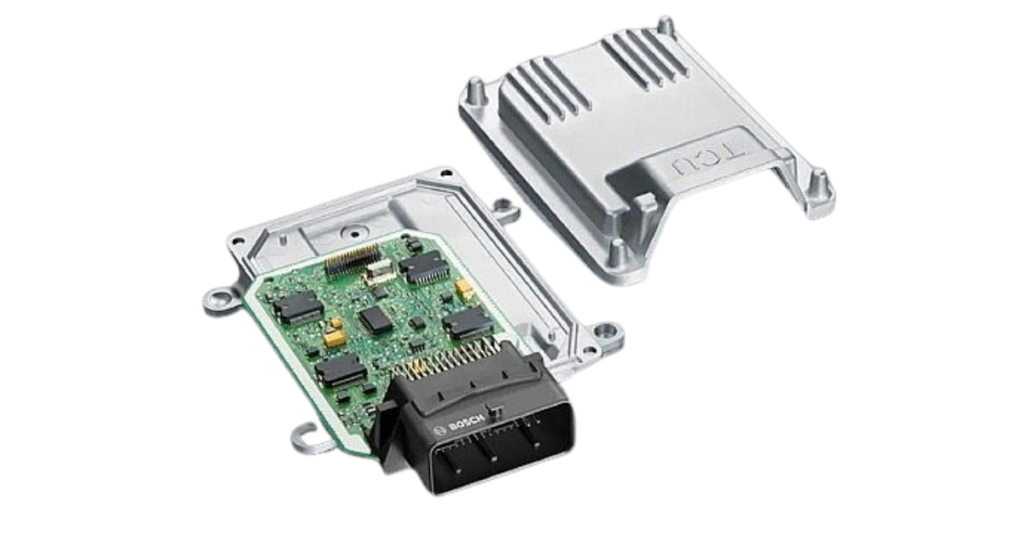
In modern automatic transmissions, the Electronic Control Unit (ECU) acts as the brain, overseeing the entire process. Sensors continuously monitor factors such as vehicle speed, engine load, and driver inputs. The ECU processes this data and makes real-time adjustments to optimize performance and fuel efficiency.
Gear Shifts Simplified
When a driver accelerates, the transmission system’s ECU calculates the optimal gear ratio for the given speed and load conditions. The torque converter transfers power to the planetary gear sets, and the hydraulic system engages the appropriate clutches and bands. This process results in a smooth and automatic shift between gears, ensuring an efficient transfer of power to the wheels.
Park, Reverse, Neutral, Drive (PRND): The Different Functionalities
The familiar PRND on the gear selector represents the various driving modes of an automatic transmission. “Park” prevents the vehicle from moving, “Reverse” facilitates backward movement, “Neutral” disengages the transmission, and “Drive” sets the vehicle in forward motion. Each mode is achieved through the selective engagement of specific gear sets.
Advantages of Automatic Transmissions
Automatic transmissions offer numerous advantages, especially in urban and stop-and-go traffic. The seamless gear changes, absence of a clutch pedal, and the ability to adapt to driving conditions make automatic transmissions user-friendly and reduce driver fatigue.
Conclusion
By making the workings of automatic transmission systems easier to understand, we find a lot of innovative ideas that make driving more fun. The computer control unit coordinates the torque converters, planetary gear sets, clutches, and hydraulic systems so that they work together smoothly and efficiently. This is what makes automatic transmissions renowned. However, even though we continue to use new technologies, the ease of use and simplicity of automatic transmissions show how car engineering is always changing. Knowing the basics of this process helps drivers understand how complicated it is to do something that seems simple, like shifting gears.
For a visual insight into how an automatic transmission works, have a look at the video below.

